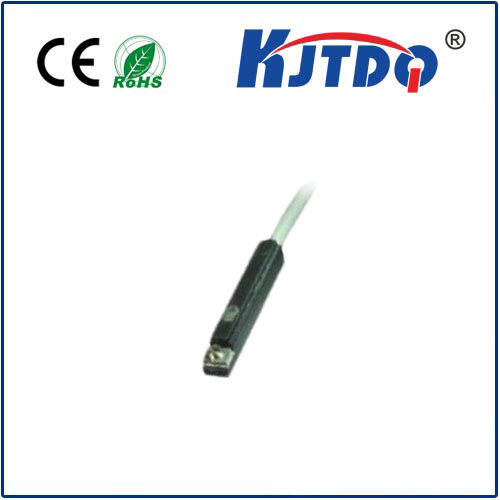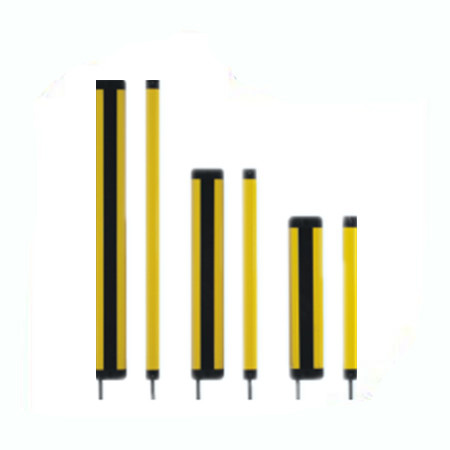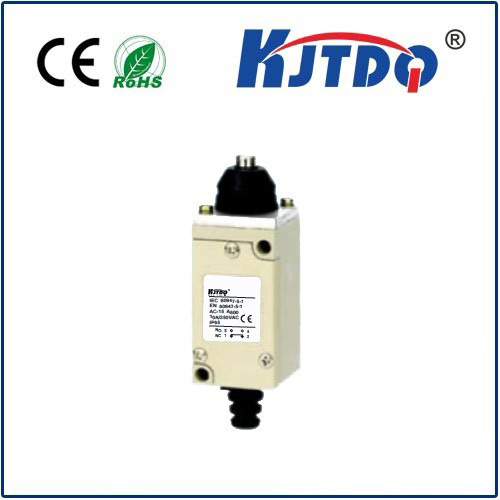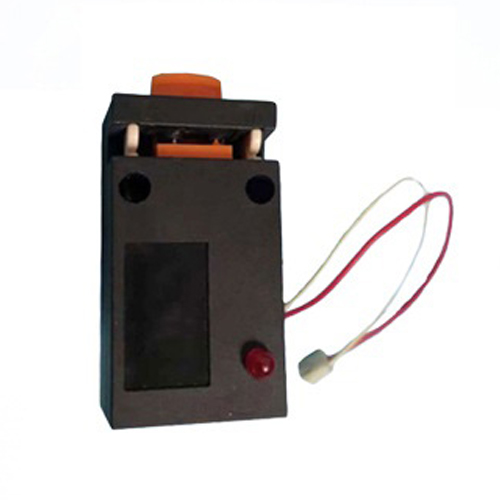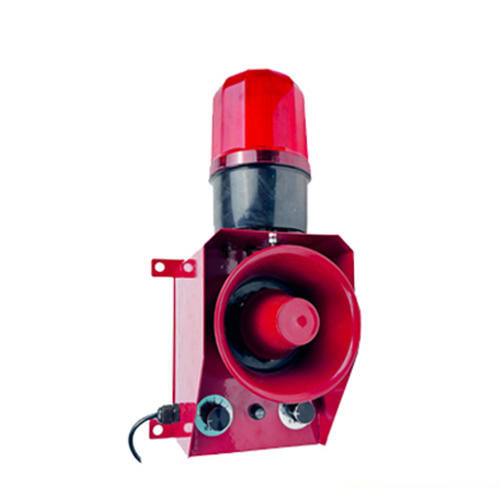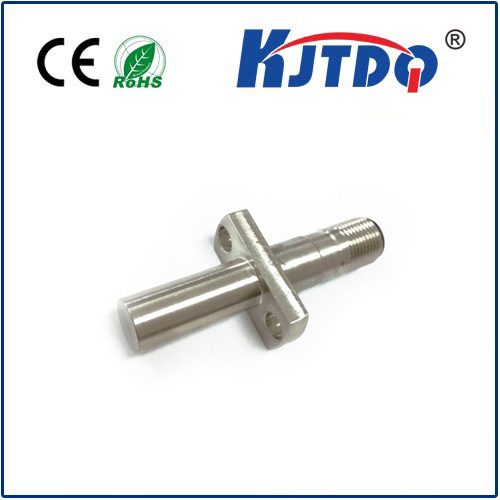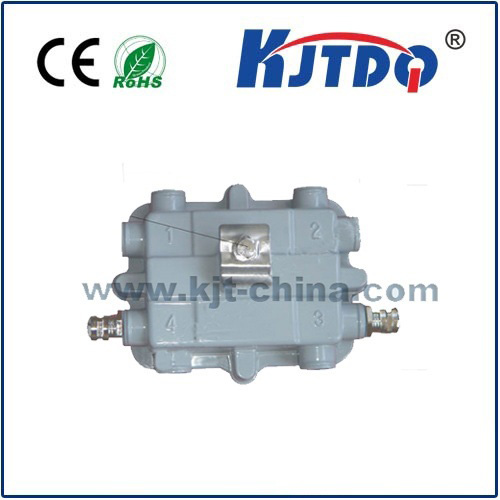proximity sensor maximum sensing distance
- time:2025-06-24 03:04:03
- Click:0
Proximity Sensor Maximum Sensing Distance: Unlocking Detection Range Capabilities
Ever reached out to turn on a faucet without touching it? Or had your phone screen dim as you hold it to your ear? That seamless, unseen interaction often relies on the magic of proximity sensors. These silent workhorses detect nearby objects without physical contact. But one question dominates design and selection: what’s the maximum distance they can reliably sense? Understanding the proximity sensor maximum sensing distance is crucial for optimizing system performance, safety, and efficiency across countless industries.
At their core, proximity sensors are devices that emit a field or beam and detect changes caused by a target object entering their detection zone. Their primary function is non-contact detection, offering advantages like reduced wear, insensitivity to surface conditions (like dirt or moisture), and high-speed operation. The maximum sensing distance (Sn), often specified in millimeters or meters, is the theoretical limit at which the sensor can consistently detect a standard target under ideal conditions defined by the manufacturer. It’s a fundamental performance parameter, yet it’s crucial to remember it’s a starting point, not a guaranteed real-world constant.
The Range Spectrum: Why Maximum Distance Matters

Choosing a sensor with insufficient range might mean missing objects entirely, leading to process failures or safety hazards. Conversely, excessive range can cause unwanted triggers from background objects, introducing errors and instability. The maximum sensing distance directly impacts:
- System Design: Dictates sensor placement flexibility and physical space requirements.
- Safety Margins: Ensures critical objects (like personnel or obstacles) are detected with ample time for reaction.
- Process Efficiency: Affects cycle times, positioning accuracy, and material handling capabilities.
- Cost Efficiency: Selecting a sensor just capable enough for the required range often optimizes costs.
Proximity Sensor Technologies: A Distance Showdown
The maximum sensing distance varies dramatically based on the underlying technology. Here’s a comparison of common types:
- Inductive Proximity Sensors: Detect metal (primarily ferrous) targets. They work by generating an electromagnetic field; a metal object entering the field induces eddy currents, which the sensor detects.
- Typical Max Range: Generally ranges from a few millimeters up to about 60 mm (2.36 inches) for standard sensors. Larger diameter sensors usually offer longer ranges. Highly specialized inductive sensors might reach slightly further, but meters are unattainable.
- Key Limitation: Exclusively for metals. Distance significantly reduced for non-ferrous metals compared to steel.
- Capacitive Proximity Sensors: Detect a wide variety of materials – metals, plastics, liquids, powders, and even biological substances – based on changes in capacitance caused by the target altering the sensor’s electrostatic field.
- Typical Max Range: Generally shorter than inductive for comparable sizes, typically up to 25-40 mm (1 - 1.57 inches). Larger sensors achieve longer ranges.
- Key Limitation: Detection range is highly sensitive to the dielectric constant of the target material and environmental factors like humidity. Distance for plastic is less than for metal.
- Photoelectric Sensors: Utilize beams of light (visible, infrared, laser). Detection occurs when the target interrupts (through-beam) or reflects (retro-reflective, diffuse) the light beam back to the receiver.
- Typical Max Range: This is where distances become significant.
- Through-Beam: Offers the longest maximum sensing distance, easily reaching tens of meters (sometimes 100m / 300ft+). Separate emitter and receiver units provide excellent range and reliability.
- Retro-Reflective: Uses a reflector; ranges typically up to 5-20 meters (16 - 65 ft), depending on light source and reflector quality.
- Diffuse (Proximity Mode): Relies on light reflecting directly off the target. Range depends heavily on target size, color, and reflectivity. Typically up to 1-2 meters (3 - 6.5 ft), though specialized long-range diffuse sensors exist. This type is most directly comparable to inductive/capacitive proximity sensors in application style, but offers potentially much greater range for suitable targets.
- Key Limitation: Susceptible to environmental interference like dust, fog, ambient light, or target transparency/reflectivity.
- Ultrasonic Sensors: Emit high-frequency sound waves and measure the time for the echo to return after bouncing off a target. Detect most solid objects, regardless of material or color.
- Typical Max Range: Varies significantly by model and application. Compact sensors might range up to 1-2 meters (3 - 6.5 ft), while larger, more powerful industrial sensors can reliably detect targets 5-10+ meters (16 - 33+ ft) away. Very long-range specialized units go further.
- Key Limitation: Affected by soft materials (absorb sound), steep target angles, temperature gradients, and high ambient noise. Foam and felt are problematic.
Beyond the Spec Sheet: Factors Influencing Real-World Range
The manufacturer’s stated maximum sensing distance (Sn) is measured under tightly controlled, ideal laboratory conditions using a precisely defined standard target (e.g., a specific size and material square of steel for inductive sensors). Real-world performance can be significantly less due to:
- Target Material & Size: Inductive sensors require conductive metal; capacitive sensitivity depends on the dielectric constant. Photoelectric range plummets with dark, non-reflective, or transparent targets. Ultrasonic struggles with soft surfaces. Targets smaller than the sensor face or the standard test target reduce effective range.
- Target Orientation: A flat surface perpendicular to the sensor offers the best detection. Angled or curved surfaces reflect energy away, decreasing range.
- Sensor Size: For inductive and capacitive sensors, larger sensor diameters generally correlate with longer maximum sensing distances. This principle applies less strictly to photoelectric and ultrasonic sensors, where emitter power and receiver sensitivity are more critical.
- Environmental Conditions:
- Temperature: Extreme temperatures can affect electronic components and, in ultrasonics, the speed of sound.
- Humidity/Moisture/Condensation: Can interfere with optical paths and capacitive fields. Dust and dirt also impede photoelectric sensors.
- Ambient Light: Particularly impacts photoelectric sensors (especially visible light types), potentially causing false triggers or reduced range.
- Electromagnetic Interference (EMI): Can disrupt the fields of inductive and capacitive sensors.
- Acoustic Noise: Affects ultrasonic sensors.
- Mounting Conditions: Metal surrounding an inductive sensor (flush vs. non-flush mounting) can dampen its field, reducing range. Nearby objects can create blind spots or reflections.
- Power Supply & Sensor Settings: Operating voltage can sometimes influence detection range slightly. Some sensors offer adjustable sensitivity/gain settings which effectively change the functional sensing distance.
Optimizing for Maximum Performance
To select the right sensor and achieve reliable performance close to its potential maximum sensing distance:
- Match Technology to Target & Application: Choose inductive for metals, capacitive for varied non-metals/liquids, photoelectric for long-range or specific detection needs












